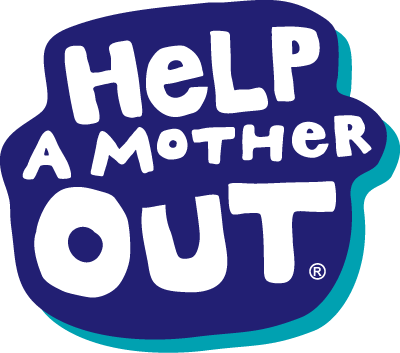A year ago, a slough of news stories about the growing number of Californians struggling with hunger and risking foreclosures and homelessness provided the catalyst for us to start Help a Mother Out. Today, despite a change in national leadership and increasing public awareness of the not-so-trickle-down effects of the ongoing recession, the situation is little better. In fact, for many Californians the situation is getting worse.
According to this illuminating piece produced by Southern California Public Radio station KPCC, food banks across the state are giving out record amounts of food—in wealthy counties as well as less-well-off ones. According to a UCLA study, “more than 2.8 million households struggle to feed their families. The total population of these households is 11.3 million”—that means more than 1 in 4 Californians are hungry.
At the same time, the state of California is infamously broke, and legislators are trying to balance the state budget on the backs of the neediest. CalWORKS, the state’s welfare-to-work program that provides cash assistance, childcare, and job training for poor families is on the chopping block—and the California Food Assistance Program, which provides food aid to legal immigrants not eligible for stamps, is about to be eliminated entirely.
And yet, according to the researchers who produced the article, “mountains of nutritious food are being thrown away”:
In 2008, more than six million tons of food were plowed under on California farms or dumped by grocers and restaurants statewide, according to the California Waste Management Board. Much of the food was still edible.
California is still a deeply agricultural state, especially in its fertile Central Valley. Drive along the freeways and you see acres upon acres of green crops waving in the breeze. But in some of the most highly farmed areas, the very workers who once picked those crops cannot feed themselves. TakeMendota, for example, where unemployment is at 41.5 percent.
As the article note, there’s a small spark of hope, however: A new spate of efforts are focusing on such diverse efforts as removing hurdles to participation in existing food-stamp programs; organizing weekly farmers’ markets in urban “food deserts” where it’s nearly impossible to purchase fresh, healthy foods; and even working with restaurants to make donations to food banks easier and more efficient.

